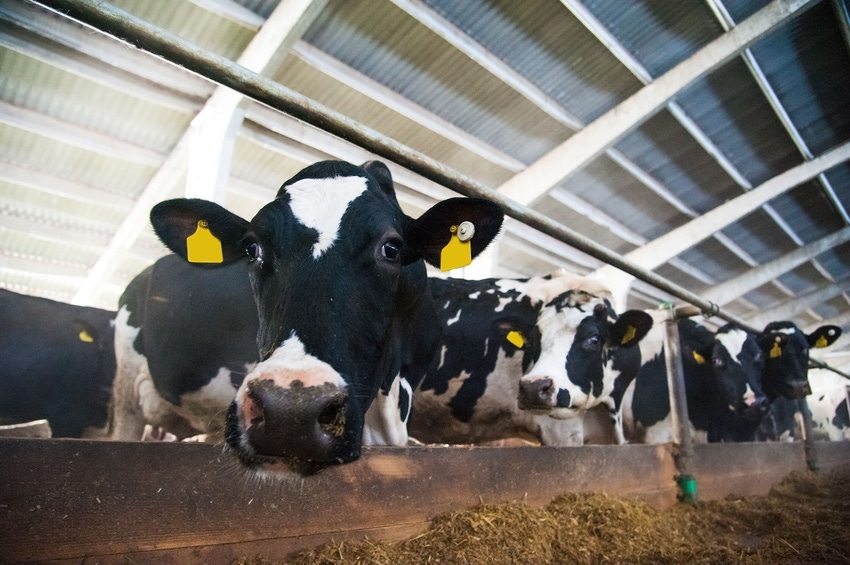Program demonstrates elimination of BLV through selective culling using three tests.
April 18, 2023

Bovine leukemia virus (BLV) infects many dairy cattle in the United States and other countries. Beef cattle are also affected but at a lower rate. The economic impacts on the industry are just starting to be recognized.
"Research over the past 15 years has demonstrated that BLV reduces milk production, shortens cow lifespan, and predisposes animals to diseases such as lymphoma and mastitis," said David Beede, PhD, editor in chief of Applied Animal Science.
Traditionally, control of the disease required the culling of all antibody-positive cattle, which is economically difficult. However, a new approach to BLV control is described in a recent article in Applied Animal Science.
Scientists from Wisconsin and Michigan conducted a four-year BLV disease control program in a 3,000-cow dairy farm.
"A diagnostic test allows producers to control BLV by identifying the most infectious cattle for segregation or culling while retaining the majority of ELISA-positive cattle, which are lowly infectious to their herd mates," said lead author Tasia Taxis, PhD, Michigan State University.
The article describes an interventional field trial that used three diagnostic tests: a blood lymphocyte count, a BLV enzyme-linked immunosorbent antibody assay (ELISA), and a BLV quantitative-polymerase chain reaction (qPCR) used to measure the blood proviral load (PVL).
The specifics on how the tests were used are outlined in the article. The first year, all cattle with a blood lymphocyte count over 10,000 cells per microliter were removed.
"As these high lymphocyte cows became scarcer, the herd transitioned to using ELISA to test for BLV antibodies in milk or blood, with all ELISA-positive samples being further tested for PVL determination by qPCR," said Taxis.
As the PVL value of the herd decreased over time, the PVL threshold for segregation or culling also decreased and changed on a weekly basis to the point where any animal with a detectable PVL was immediately culled.

Using this BLV control program, the scientists report a decrease in mean PVL within the first year and a total of six cows with a detectable PVL at the end of the second year. "At the end of the third year, 0.85% of the tested cows were BLV ELISA positive, and animals with detectable PVL had decreased from 284 at the start of the project to zero animals at the end of the project," said Taxis.
The authors point out that their study reports on a trial at only one dairy farm and that the protocol evolved over time. However, Taxis added that the study "demonstrated that BLV diagnostic tests could be used to reduce or eliminate BLV infections without the costly simultaneous culling of all antibody-positive cattle."
You May Also Like


.png?width=300&auto=webp&quality=80&disable=upscale)
